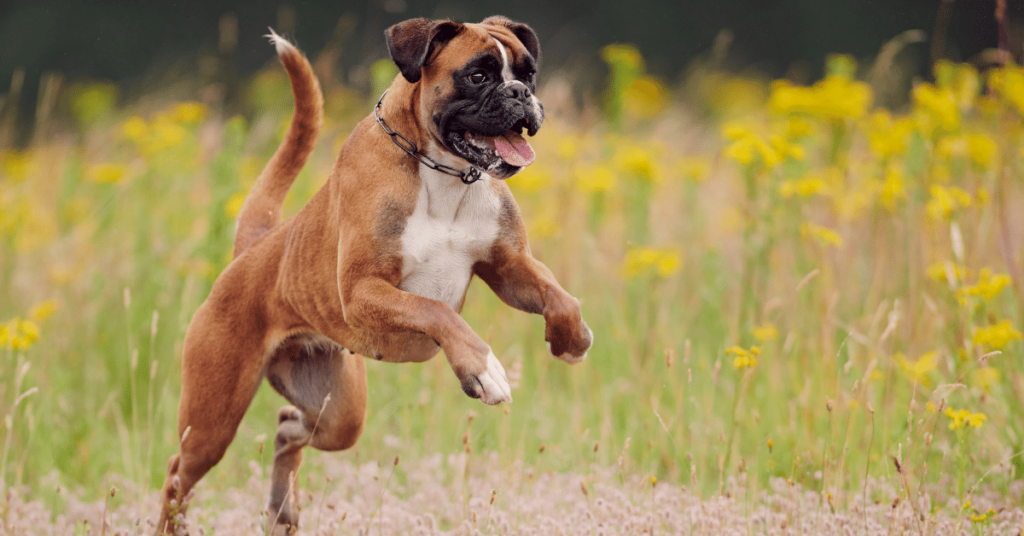The Importance of Training in Pet Adoption
Bringing home a new pet is an exciting and joyful experience. Whether you’re adopting a puppy, a kitten, or an older pet, proper training plays a vital role in building a strong foundation for a harmonious relationship. Training not only helps your new furry family member adapt to their new surroundings but also ensures their well-being and safety.
Fostering Good Behavior
One of the primary objectives of training is to foster good behavior in your pet. By teaching them basic commands such as sit, stay, and come, you establish an effective means of communication. A well-trained pet understands their boundaries and knows what is expected of them. This creates a sense of structure within your household and leads to a happier environment for both you and your pet.
Promoting Socialization
Training also plays a crucial role in promoting socialization. Whether you plan to take your pet to public places or have them interact with other animals, socialization is essential for their development. Training your pet to behave appropriately in various situations ensures they can confidently interact with humans and other animals, reducing the risk of fear or aggression.
Bonding and Trust
Building a strong bond and cultivating trust with your new pet is crucial for a successful adoption. Training provides an opportunity for you and your pet to spend quality time together, strengthening your relationship. Positive reinforcement training methods, such as rewarding good behavior with treats or praise, create a positive association with learning and deepen the bond between you and your pet.
Instilling Confidence
Just like humans, pets can feel anxious or unsure in new surroundings. Training helps instill confidence in your pet by introducing them to new experiences in a controlled and positive manner. Whether it’s walking on a leash, riding in a car, or meeting new people, gradually exposing your pet to different situations builds their confidence and reduces anxiety.
Problem Solving and Prevention
Training is not just about teaching basic commands; it’s also about problem-solving and preventing potential issues. Through training, you can address common behavioral problems such as excessive barking, chewing, or digging. By redirecting their behavior and providing suitable alternatives, you can prevent these habits from becoming ingrained and ensure a harmonious living environment.
Tips for Successful Training
While training is essential, it can sometimes feel overwhelming for new pet owners. Here are a few tips to help you make the training process a success:
Start early: Begin training as soon as you bring your new pet home. Early training sets the foundation for future learning and helps them acclimate to their new environment.
Be consistent: Consistency is key when it comes to training. Use the same commands, rewards, and methods consistently to reinforce learning and avoid confusion.
Use positive reinforcement: Positive reinforcement is a highly effective training method. Reward your pet with treats, praise, or playtime when they exhibit desired behaviors to encourage repetition.
Incorporate daily exercises: Alongside training sessions, ensure your pet gets plenty of exercise. Physical activity helps keep them engaged, reduces excess energy, and promotes overall well-being.
Seek professional help if needed: If you encounter difficulties or specific behavior challenges, don’t hesitate to seek professional help from a certified dog trainer or animal behaviorist. They can provide guidance tailored to your pet’s individual needs.
Summary
Training is a crucial aspect of pet adoption that should not be overlooked. It not only fosters good behavior and promotes socialization but also strengthens the bond between you and your new furry companion. By investing time and effort into training, you lay the foundation for a harmonious and fulfilling life together. Remember, patience, consistency, and positive reinforcement are key to building a strong foundation through training.







